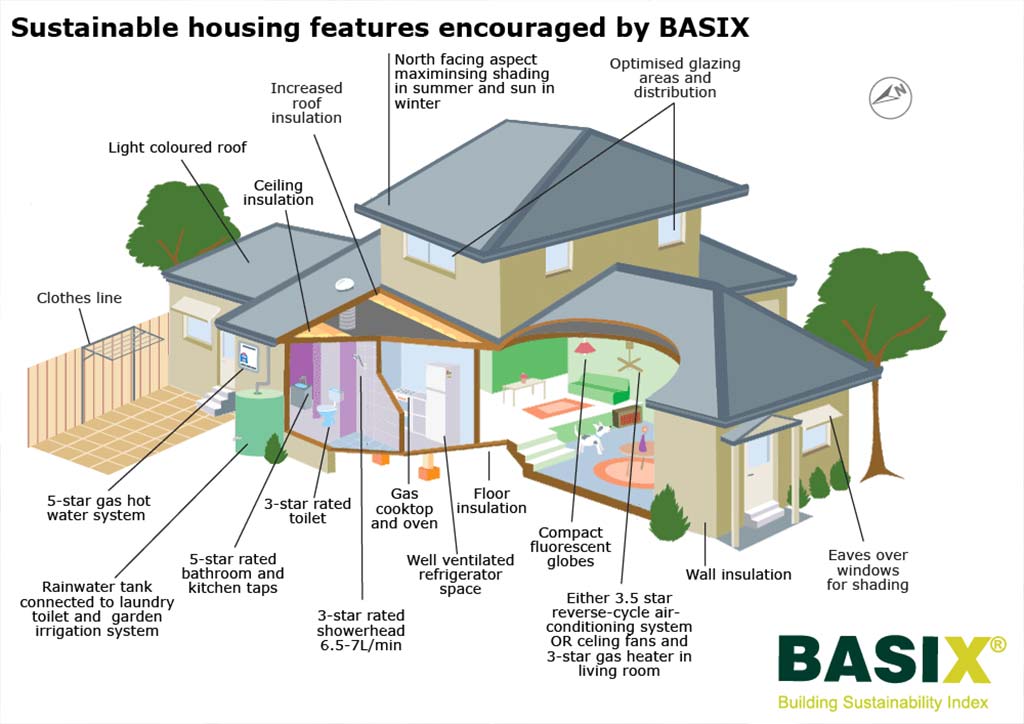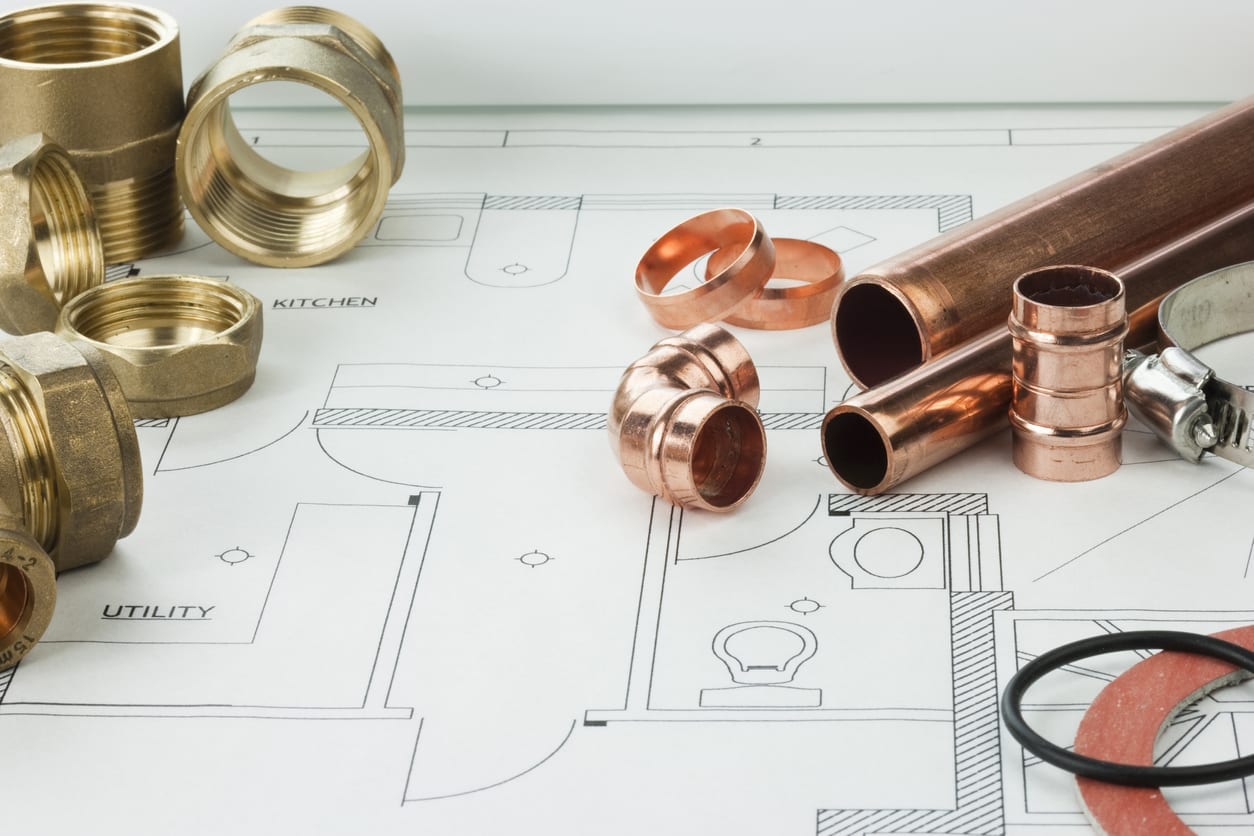This post below about Anatomy of a House: Understanding the Components is exceedingly stimulating. You should take a look.

Understanding just how your home's plumbing system functions is necessary for every property owner. From providing tidy water for alcohol consumption, food preparation, and showering to securely eliminating wastewater, a properly maintained pipes system is critical for your family's wellness and comfort. In this extensive overview, we'll check out the detailed network that comprises your home's pipes and offer pointers on maintenance, upgrades, and managing usual issues.
Introduction
Your home's plumbing system is greater than simply a network of pipes; it's an intricate system that ensures you have accessibility to tidy water and effective wastewater removal. Understanding its components and how they collaborate can aid you stop expensive repair work and make certain everything runs efficiently.
Basic Elements of a Plumbing System
Pipes and Tubing
At the heart of your plumbing system are the pipelines and tubing that lug water throughout your home. These can be constructed from different materials such as copper, PVC, or PEX, each with its benefits in terms of durability and cost-effectiveness.
Components: Sinks, Toilets, Showers, etc.
Components like sinks, toilets, showers, and tubs are where water is used in your home. Recognizing just how these fixtures link to the pipes system assists in diagnosing problems and preparing upgrades.
Shutoffs and Shut-off Factors
Shutoffs control the flow of water in your plumbing system. Shut-off shutoffs are critical during emergency situations or when you need to make repairs, enabling you to separate parts of the system without disrupting water flow to the whole residence.
Supply Of Water System
Key Water Line
The main water line links your home to the metropolitan water or a private well. It's where water enters your home and is dispersed to numerous fixtures.
Water Meter and Pressure Regulator
The water meter procedures your water use, while a stress regulator guarantees that water flows at a risk-free stress throughout your home's plumbing system, protecting against damages to pipelines and fixtures.
Cold Water vs. Hot Water Lines
Comprehending the difference in between cold water lines, which provide water directly from the main, and hot water lines, which bring heated water from the water heater, assists in repairing and preparing for upgrades.
Drainage System
Drain Pipes and Traps
Drain pipes bring wastewater far from sinks, showers, and commodes to the sewage system or septic tank. Catches protect against drain gases from entering your home and likewise catch particles that can create obstructions.
Air flow Pipelines
Air flow pipelines allow air into the drainage system, avoiding suction that could slow drainage and cause catches to vacant. Correct air flow is important for preserving the stability of your plumbing system.
Value of Appropriate Drain
Making sure proper drain protects against back-ups and water damages. Regularly cleaning drains pipes and preserving traps can avoid costly fixings and expand the life of your pipes system.
Water Heater
Kinds Of Hot Water Heater
Water heaters can be tankless or conventional tank-style. Tankless heaters warmth water as needed, while containers keep heated water for immediate usage.
Upgrading Your Plumbing System
Factors for Updating
Updating to water-efficient fixtures or replacing old pipelines can boost water high quality, minimize water bills, and increase the worth of your home.
Modern Plumbing Technologies and Their Benefits
Explore modern technologies like clever leakage detectors, water-saving bathrooms, and energy-efficient hot water heater that can save money and lower ecological effect.
Cost Factors To Consider and ROI
Compute the in advance costs versus lasting savings when considering plumbing upgrades. Several upgrades spend for themselves through reduced energy costs and fewer repairs.
Just How Water Heaters Link to the Plumbing System
Recognizing exactly how water heaters attach to both the cold water supply and hot water distribution lines assists in diagnosing problems like not enough hot water or leaks.
Upkeep Tips for Water Heaters
Frequently flushing your hot water heater to get rid of sediment, examining the temperature settings, and evaluating for leakages can expand its lifespan and enhance power efficiency.
Common Pipes Concerns
Leaks and Their Reasons
Leakages can take place as a result of aging pipes, loosened installations, or high water pressure. Addressing leaks immediately protects against water damage and mold development.
Obstructions and Blockages
Blockages in drains pipes and commodes are frequently caused by flushing non-flushable things or a buildup of grease and hair. Using drain displays and being mindful of what decreases your drains pipes can protect against clogs.
Indications of Plumbing Problems to Expect
Low water pressure, slow drains, foul odors, or abnormally high water expenses are indicators of possible plumbing problems that ought to be attended to without delay.
Plumbing Maintenance Tips
Regular Evaluations and Checks
Schedule annual plumbing evaluations to catch problems early. Try to find indicators of leaks, rust, or mineral accumulation in taps and showerheads.
DIY Upkeep Tasks
Basic jobs like cleansing tap aerators, looking for commode leakages making use of color tablet computers, or shielding revealed pipelines in cool environments can avoid major plumbing issues.
When to Call a Specialist Plumber
Know when a pipes concern calls for specialist expertise. Trying complicated repair services without appropriate understanding can result in more damage and higher fixing expenses.
Tips for Decreasing Water Usage
Simple routines like taking care of leaks quickly, taking much shorter showers, and running complete tons of laundry and dishes can preserve water and reduced your energy expenses.
Eco-Friendly Plumbing Options
Take into consideration lasting pipes products like bamboo for floor covering, which is durable and environment-friendly, or recycled glass for counter tops.
Emergency situation Readiness
Steps to Take During a Pipes Emergency situation
Know where your shut-off valves are located and just how to shut off the supply of water in case of a burst pipeline or major leak.
Relevance of Having Emergency Situation Calls Helpful
Keep contact info for local plumbing professionals or emergency situation services conveniently available for fast reaction throughout a plumbing situation.
Environmental Effect and Preservation
Water-Saving Fixtures and Devices
Setting up low-flow faucets, showerheads, and bathrooms can dramatically minimize water usage without compromising efficiency.
DIY Emergency Situation Fixes (When Applicable).
Momentary solutions like using duct tape to spot a leaking pipe or positioning a bucket under a leaking faucet can decrease damage till a professional plumbing technician gets here.
Final thought.
Recognizing the composition of your home's pipes system equips you to keep it successfully, conserving time and money on fixings. By complying with normal maintenance routines and remaining educated regarding modern-day plumbing modern technologies, you can ensure your pipes system operates effectively for several years to find.
The Anatomy of Your Home s Plumbing System
Understanding the anatomy of your home s plumbing system is essential for any homeowner. It not only helps in identifying potential issues but also facilitates effective communication with professionals when repairs or upgrades are needed. Your home s plumbing system is more than just pipes and faucets; it s a complex network that ensures the efficient and hygienic flow of water in and out of your house. In this blog, we ll dissect the crucial components of your home s plumbing system. For those in Antelope Valley, Brock Plumbing is your trusted partner for all your plumbing needs, ensuring your system functions smoothly and efficiently.
Water Supply System
Main Water Line: This is where your home s plumbing system begins. The main water line connects your home to the public water supply or a private well. Pipes and Shut-off Valves: Pipes distribute water throughout your home. Shut-off valves are crucial for controlling the flow of water and making repairs without shutting off the entire system. Drainage System
Drain Pipes: These pipes carry waste and water away from sinks, toilets, and showers. Vents: Vents allow sewer gases to escape and help maintain proper pressure in the drainage pipes, ensuring efficient flow of wastewater. Traps: Every fixture has a trap, a U-shaped pipe that holds water and prevents sewer gases from entering your home. The most common is the P-trap under sinks. Fixtures and Appliances
Fixtures and appliances are the most interacted with parts of your plumbing system. They include sinks, toilets, showers, dishwashers, and washing machines. Each fixture and appliance has its own supply and drainage connection, ensuring they receive clean water and can dispose of wastewater effectively.
Water Heating System
Your water heater is a crucial component, providing hot water to various fixtures and appliances in your home. It can be tank-based or tankless, with each type having its own set of advantages and maintenance requirements. Regular maintenance is essential to ensure efficient operation and extend the lifespan of the unit.
Sump Pump
In areas prone to flooding or with high water tables, a sump pump is an essential part of the plumbing system. It s installed in the lowest part of your basement or crawlspace and pumps out water that accumulates, preventing flooding and protecting your home from water damage.
Septic System
Homes that are not connected to a municipal sewer system have a septic system and an underground wastewater treatment structure. Understanding how to maintain your septic system is crucial to prevent backups, odors, and early system failure.
Conclusion
Your home s plumbing system is a complex and essential network, ensuring the efficient and hygienic flow of water in and out of your property. Understanding its key components helps in maintaining it properly and identifying issues before they escalate into major problems. For residents in Antelope Valley, Brock Plumbing is dedicated to providing top-notch services, ensuring that every part of your plumbing system is in perfect working order. Trust our team of professionals to handle all your plumbing needs, ensuring your home remains comfortable, safe, and well-maintained.
https://brockplumbinganddrains.com/blog/the-anatomy-of-your-homes-plumbing-system/

I recently found that page on Anatomy of a House: Understanding the Components when doing a lookup on the internet. You should pause to distribute this blog entry if you appreciated it. I truly appreciate reading our article about Plumbing Installation 101: All You Need to Know.
Make An Appointment